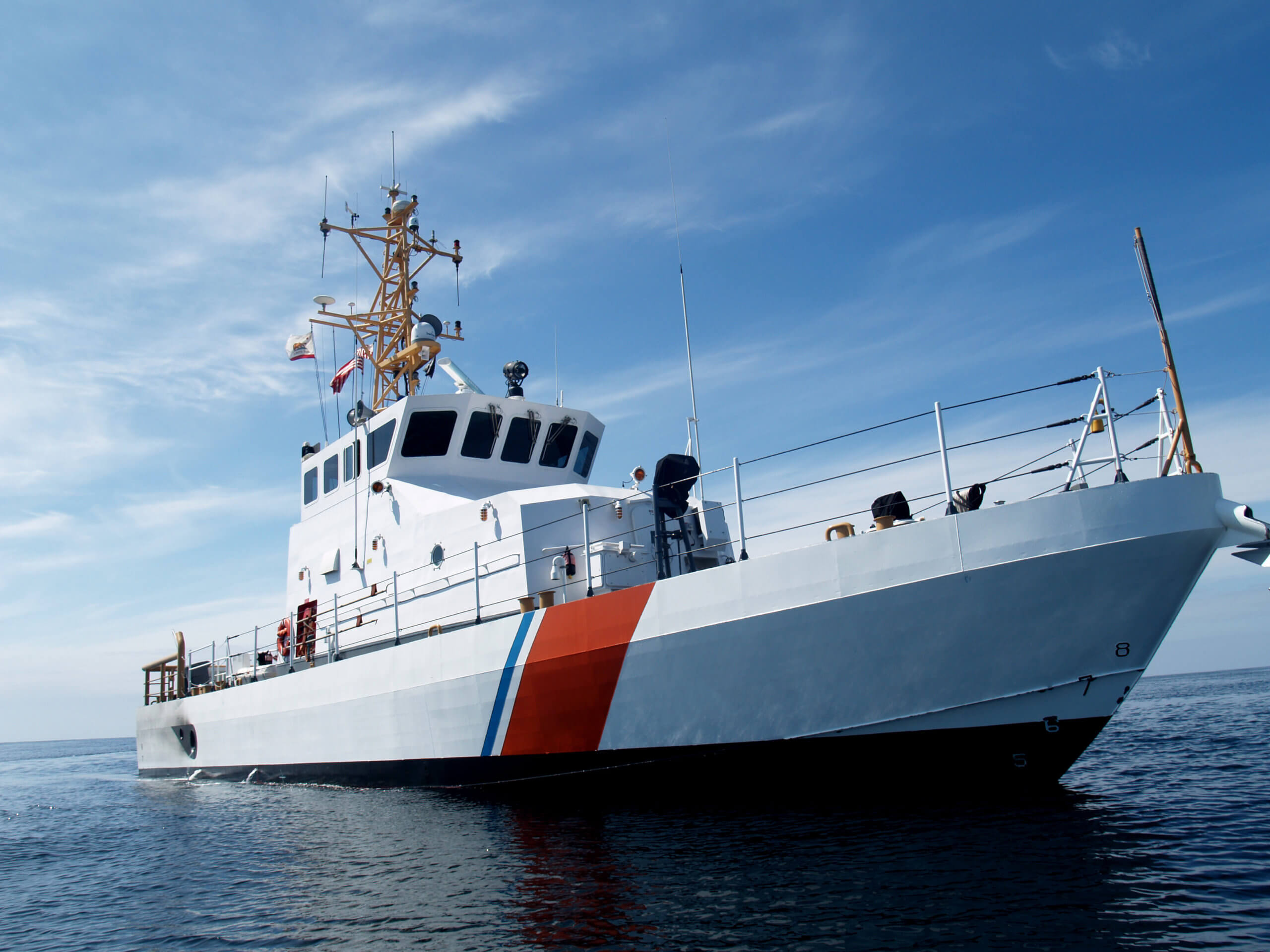Prevention of Collision at Sea

A couple of weeks ago, I laid out the ground work for these next set of Rules, which are considerably more “intense” in their application of these so-called “Lights and Shapes.” Why? Because they have to do primarily with commerce over the open seas where the life blood of the US and the world economies still flow… Despite our high tech economy and the reliance on the airline industry for transport, the Organisation for Economic Co-operation and Development reports that 90% of the world’s goods are still transported by sea. This being the case, we had better understand what we are signaling to each other – with our Lights and Shapes…
What Does Rule 27 Say?
Rule 27 is about vessels “not under command” (NUCs) – meaning that the captain cannot control the vessel for whatever reason. The rudder may be jammed over (going in circles), catastrophic failure of hydraulic steering system, total failure of braking system (just kidding!), etc… Rule 27 also refers to vessels “restricted in their ability to maneuver (RAMs)” by the nature of her work. What does that mean? The Rules specifically mentions “severely restricted” by towing, dredging or other “underwater operations” or “mine clearance” operations as examples. What should you do? Stay well clear and by – NUCs and RAMs are the very highest of the “pecking” order of priority.
Red Over Red – The Captain is Dead
How do you know that a vessel is a NUC? The Shape is two balls in a vertical line and the Light signal that the vessel must display is two red “all-around” lights in a vertical line “where they can best be seen.” “Red over Red – the captain is dead” meaning the vessel cannot be controlled via any helm control.
Perhaps the most famous NUC was the German battleship Bismarck. On her first and final mission, late in May 1941, after she sank the HMS Hood with a single shot into the Hood’s main magazine (causing the Hood to break in two in an enormous fire ball and sink with her 1,415 crew and Admiral Holland in under two minutes), Sir Winston Churchill gave the famous command – “Sink the Bismarck!”
On May 26, after three days of sea battles, maneuvers, feints and lucky breaks, a British “Swordfish” torpedo plane put a torpedo into the Bismarck’s rudder, jamming it. She now was forced to steam in a circle, unable to escape. Since the Bismarck refused to raise a flag of surrender, the British Navy took its revenge the next morning on the Bismarck, her 2,100-man crew and Captain Lindemann. Truly, red over red…
Restricted In Her Ability to Manuever – By the Nature of Her Work
Towers have the burden of declaring that they are “severely restricted” to raise the Shape (Ball, Diamond, Ball) and Lights (Red over White over Red) to declare herself a RAM. Does that mean that SeaTow bringing in a 30’er with a fouled prop is a RAM? In the strictest definition, unlikely.
Should you give her a wide berth and pass her “on a slow bell” (minimum speed needed for you to maintain steerage)? Of course. But a RAM in this regard most likely will involve a towed vessel of considerable windage and leeway with a tug (or two) doing the necessary labors.
Why? Mostly, because there is no way to stop the entourage in any reasonable distance or otherwise take action with respect to Rules 13-15 (overtaking, head-to-head, or crossing situations.) Other classes of RAMs are dredgers (who must also show two balls/two red lights on the side of any equipment out-boarded abeam) or a mine-clearer. A mine-clearer (thankfully unheard of in these waters!) will show three balls in a line as her Shape and three green lights in a row as her Light.
How about a 1,000 ft leviathan full of Chevy’s for Brazilians, steaming out towards the Canyons from Port Newark? Well, if she had to stop for you, remember this. From her cruising speed, her skipper can throw all the engines into “full power, astern.” And she’ll stop in about 5 sea miles…
If you are interested in being part of USCG Forces, email me at JoinUSCGAux@aol.com or go directly to the D1SR Human Resources department. Vincent Pica is Commodore, First District, Southern Region (D1SR) of the United States Coast Guard Auxiliary.



